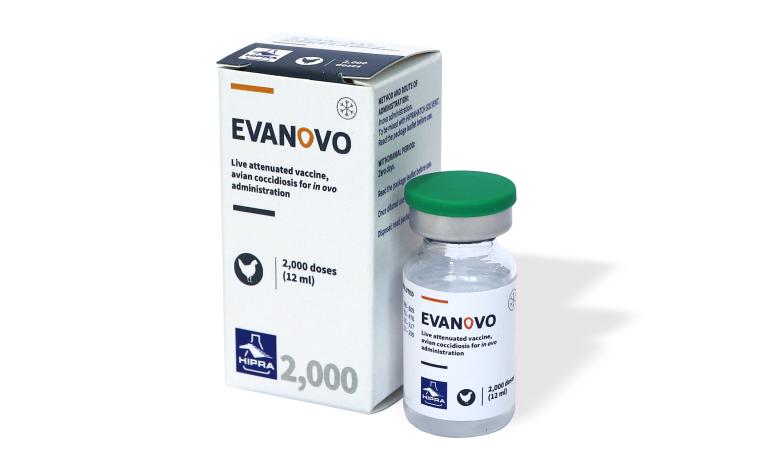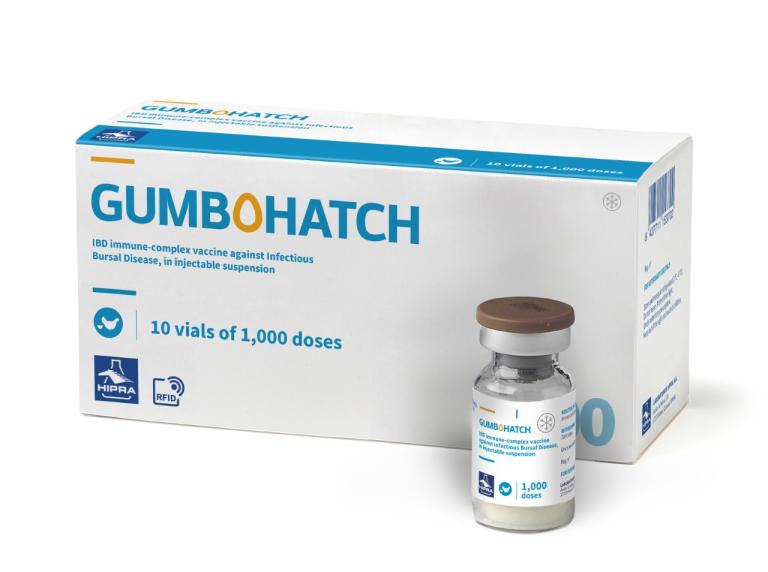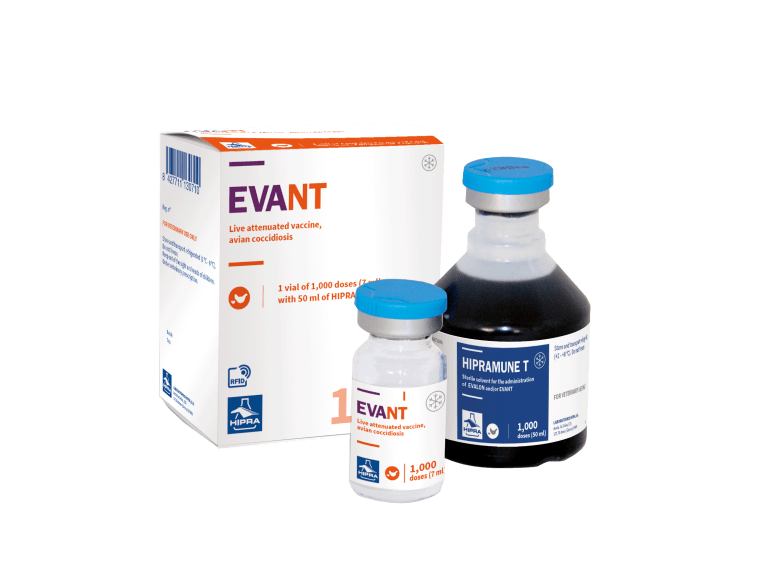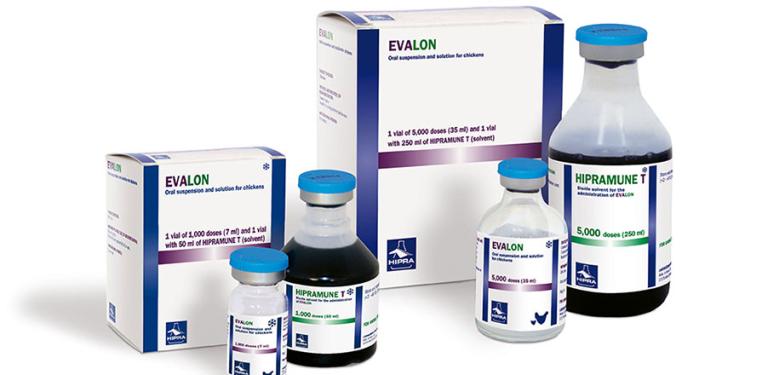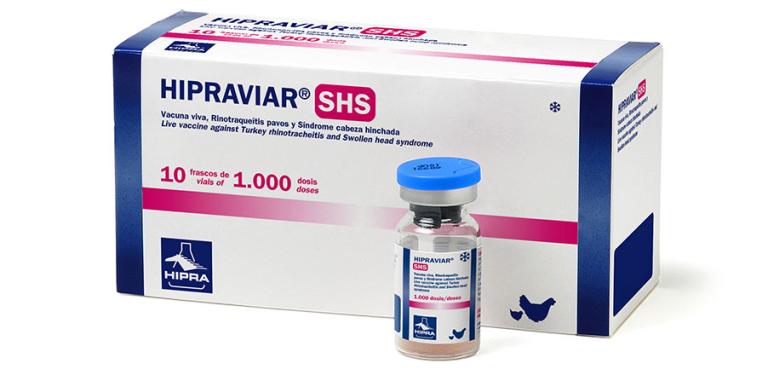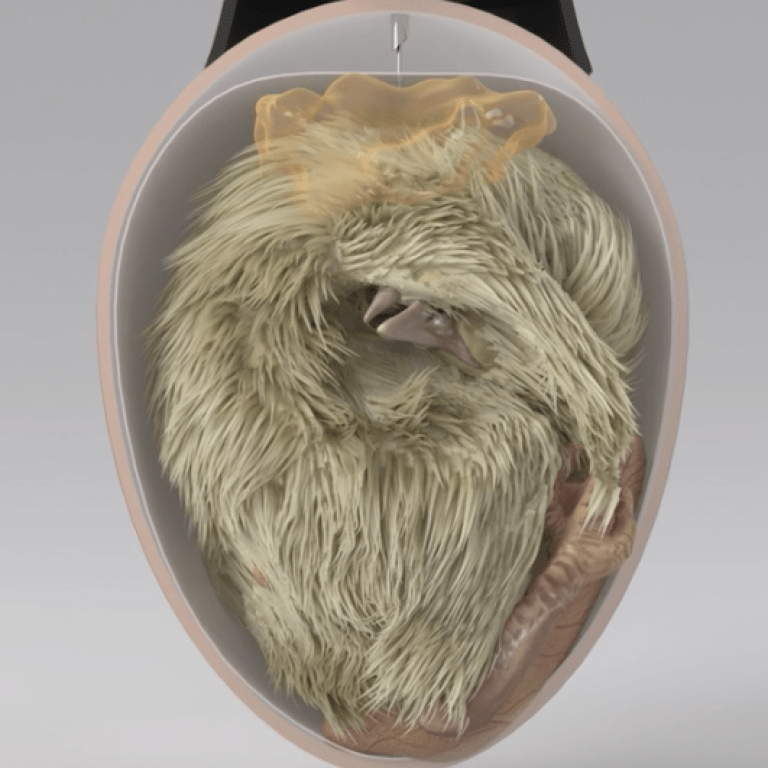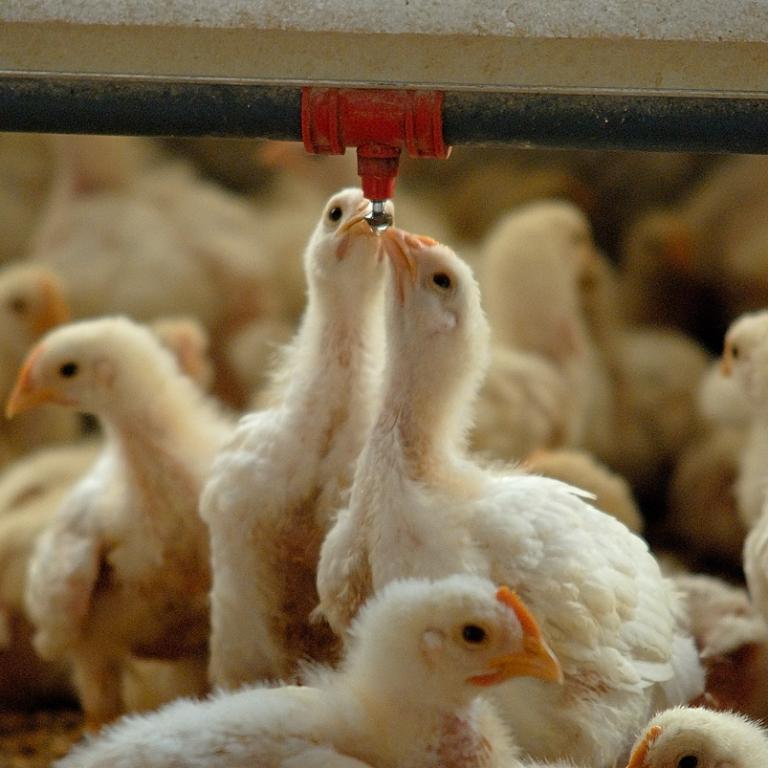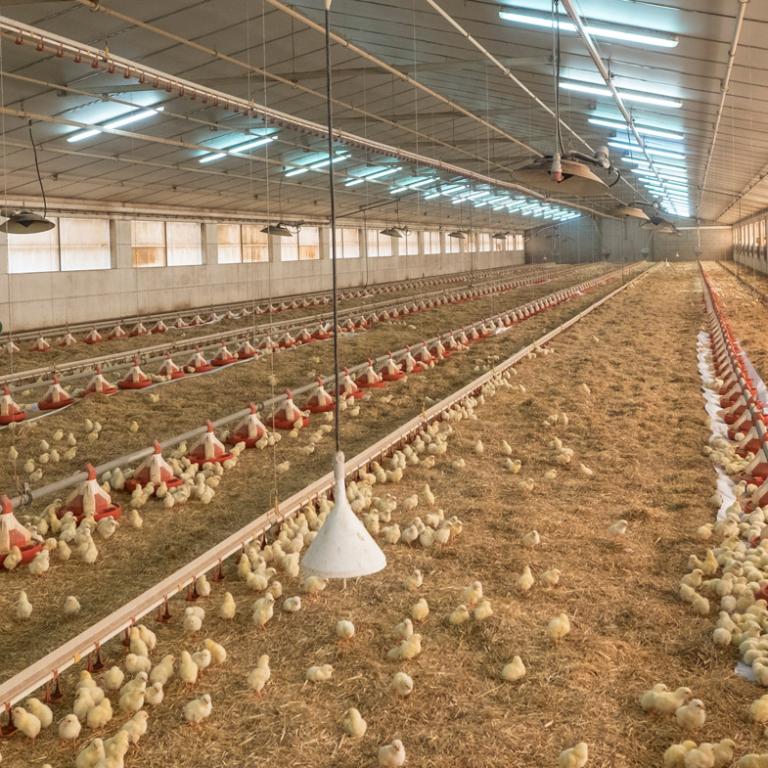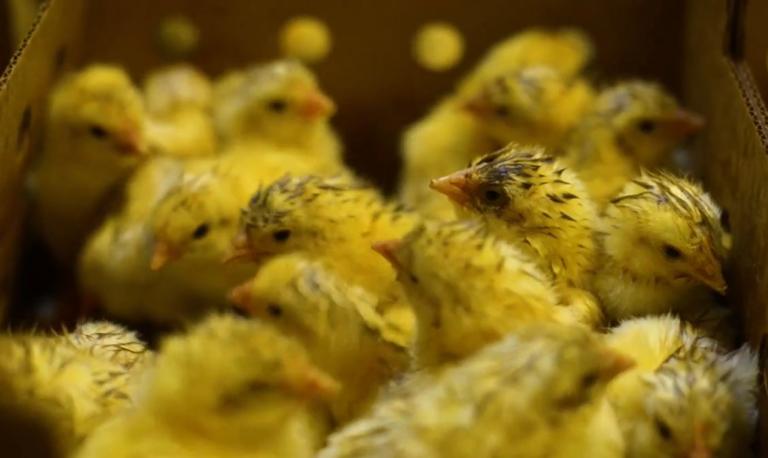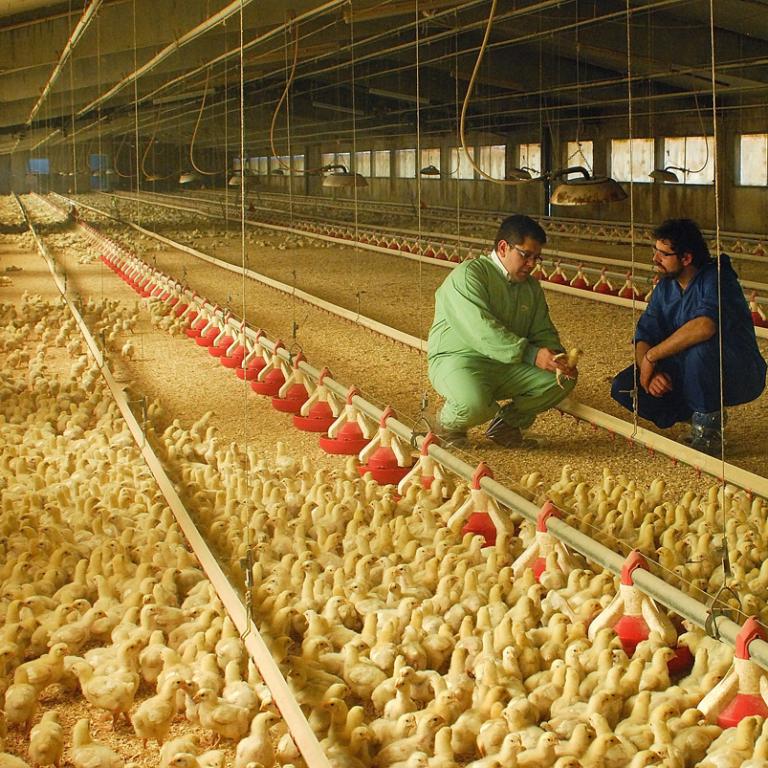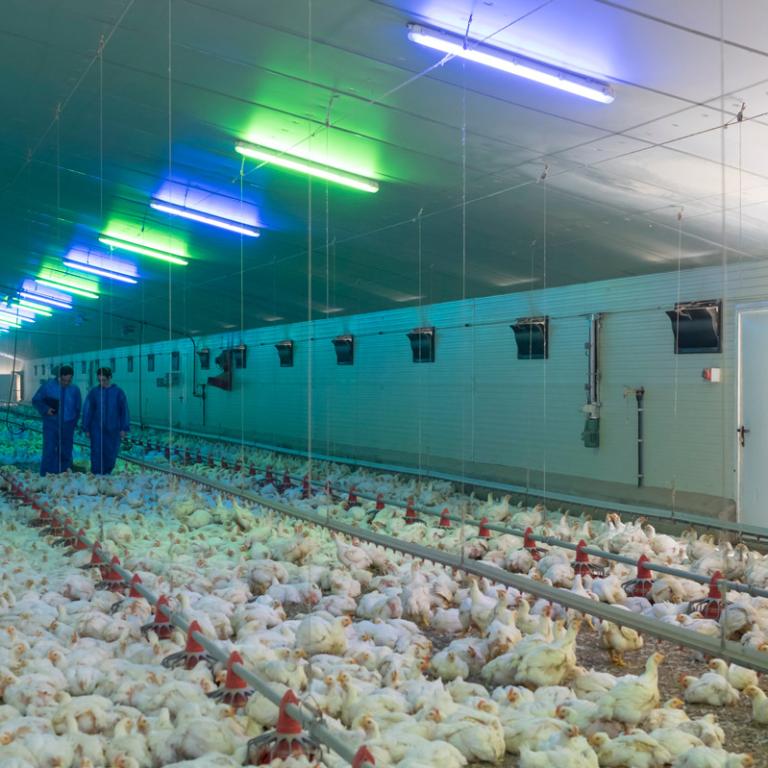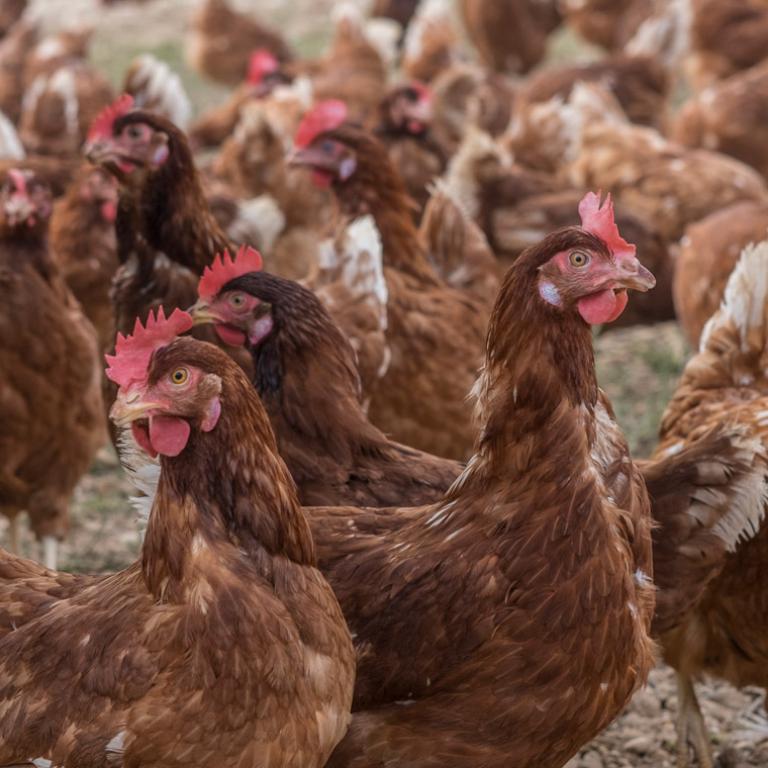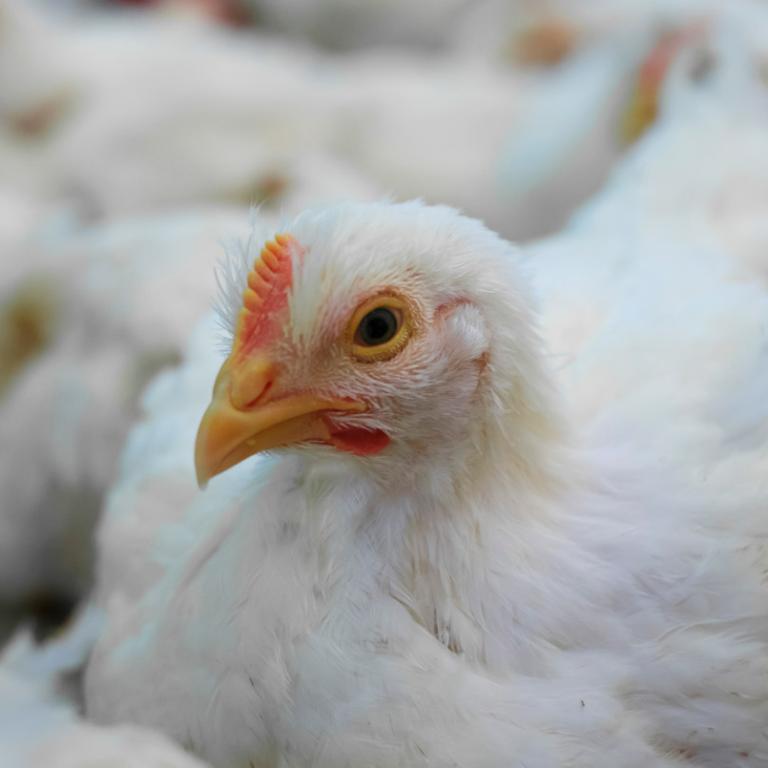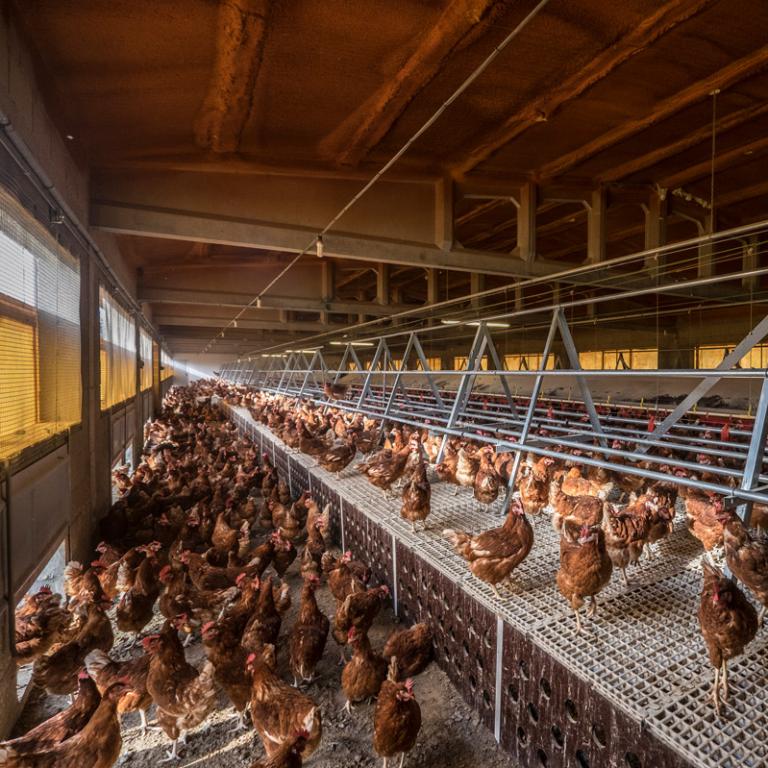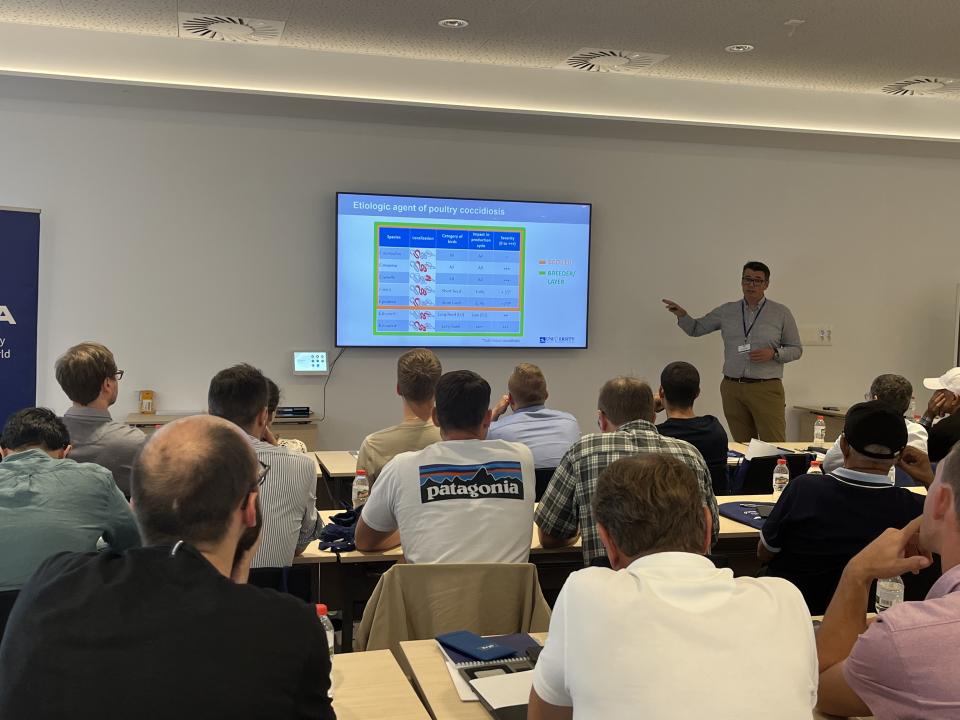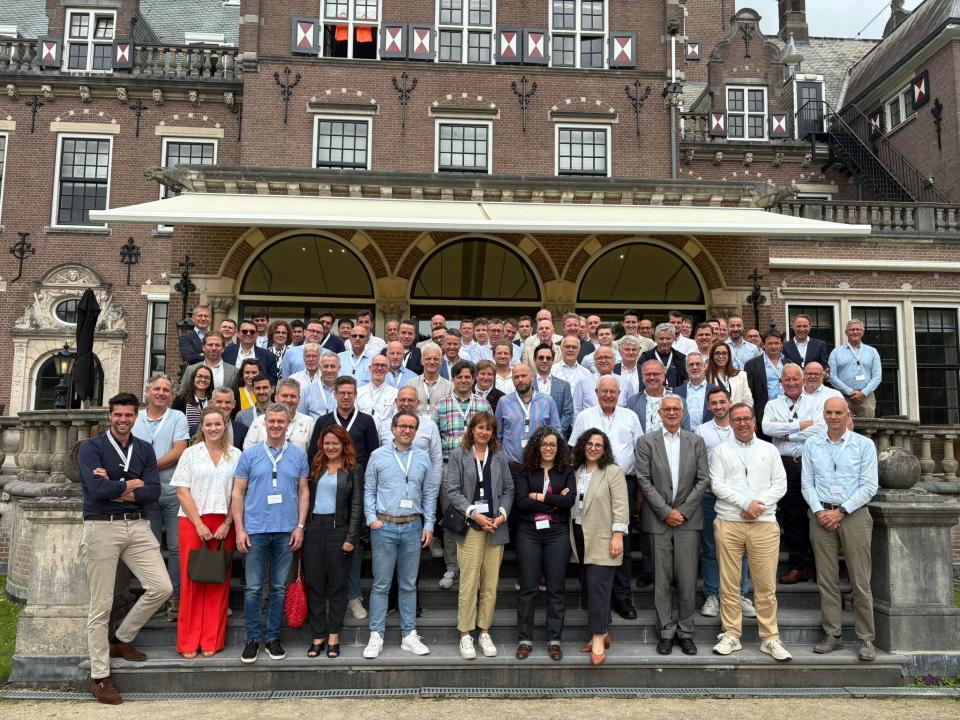ND, AVIAN PSEUDOPEST, AVIAN PEST, RANIKHET DISEASE
AETIOLOGY:
Disease caused by the Paramyxovirus Type 1.
It is a negative-sense single-stranded RNA virus, which encodes five proteins, of which HN and F are those that give it its haemolytic and hemagglutinating capacity and its ability to fuse with the host cells, respectively.
NDV presents different types of pathogenicity and is classified in velogenic neurotropic strains and velogenic viscerotropic, mesogenic, lentogenic and asymptomatic strains. Virus pathogenicity will depend upon the amino acid configuration of the F protein.
TRANSMISSION:
Transmission will always occur horizontally through mechanical vectors (indirect) or through droppings or respiratory exudates (direct).
CLINICAL SIGNS:
Depending on the type of pathotype we encounter, we can differentiate between lentogenic strains and mesogenic ones, which mainly give rise to respiratory signs such as cough, runny nose and nasal discharge, as well as fever, diarrhoea, weakness, ruffled feathers, presenting a variable mortality rate depending on the health status of birds.
In case of a velogenic pathotype, we find more marked respiratory symptoms, paralysis, neck stiffness, diarrhoea and high mortality rate (>80%)
Asymptomatic strains do not present with respiratory signs but may be related to the presence of wet beds.
LESIONS:
ND does not present with pathognomonic lesions, since all of them can be found in other viral diseases.
The main lesions found are the presence of haemorrhages distributed across different tissues such as the adipose tissue, as well as respiratory and intestinal mucosa, which show haemorrhagic and congestive tracheas; bleeding in the nervous system, ovaries, splenomegaly, etc.
A typical ND lesion is the presence of petechiae in the mucous membrane of the gizzard.
In velogenic strains, severe neurological and gastrointestinal lesions are mainly found.
In case of mesogenic and lentogenic strains, lesions are mainly respiratory, and they are more severe in the mesogenic strains.
DIAGNOSIS:
Clinical signs and confirmation by laboratory diagnosis are necessary for the correct diagnosis of ND.
There are several methods used for diagnosis:
- Isolating the virus: old methods that require time and the use of animals, such as the Intracerebral Pathogenicity Index (ICPI), Intravenous Pathogenicity Index (IVPI) and Mean Death Time (MDT).
- Serology: using sera for ELISA or HAI.
- PCR: RT - PCR by collecting tracheal and cloacal swabs.
It is important to make a good differential diagnosis, so as not to confuse the disease with other respiratory viral diseases such as IA, ILT, SHS, IB, etc.
TREATMENT:
There is no known treatment for curing ND. The best way to act against ND is through prevention, applying biosecurity measures on the farm and establishing an adequate vaccination programme for each case.
On a global level, there are live and inactivated vaccines for disease control, made from lentogenic strains of the virus. In regions such as Asia, vaccines from mesogenic strains have also been developed, but their results are not always safe.
The disease is on OIE’s List A, which means it is a notifiable disease, so its control is often carried out through government regulations.
The type of vaccination programme has to be decided depending on the prevalence of the disease and the degree of virulence of the virus present in the area.


